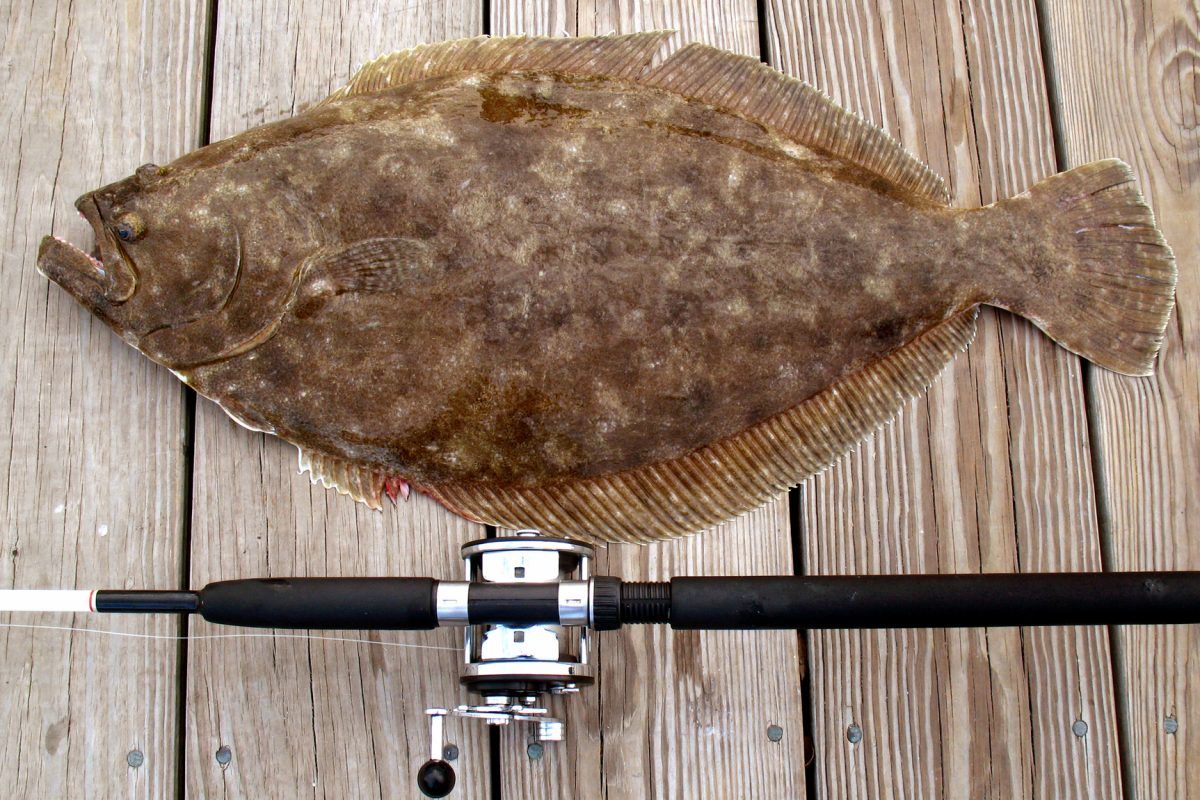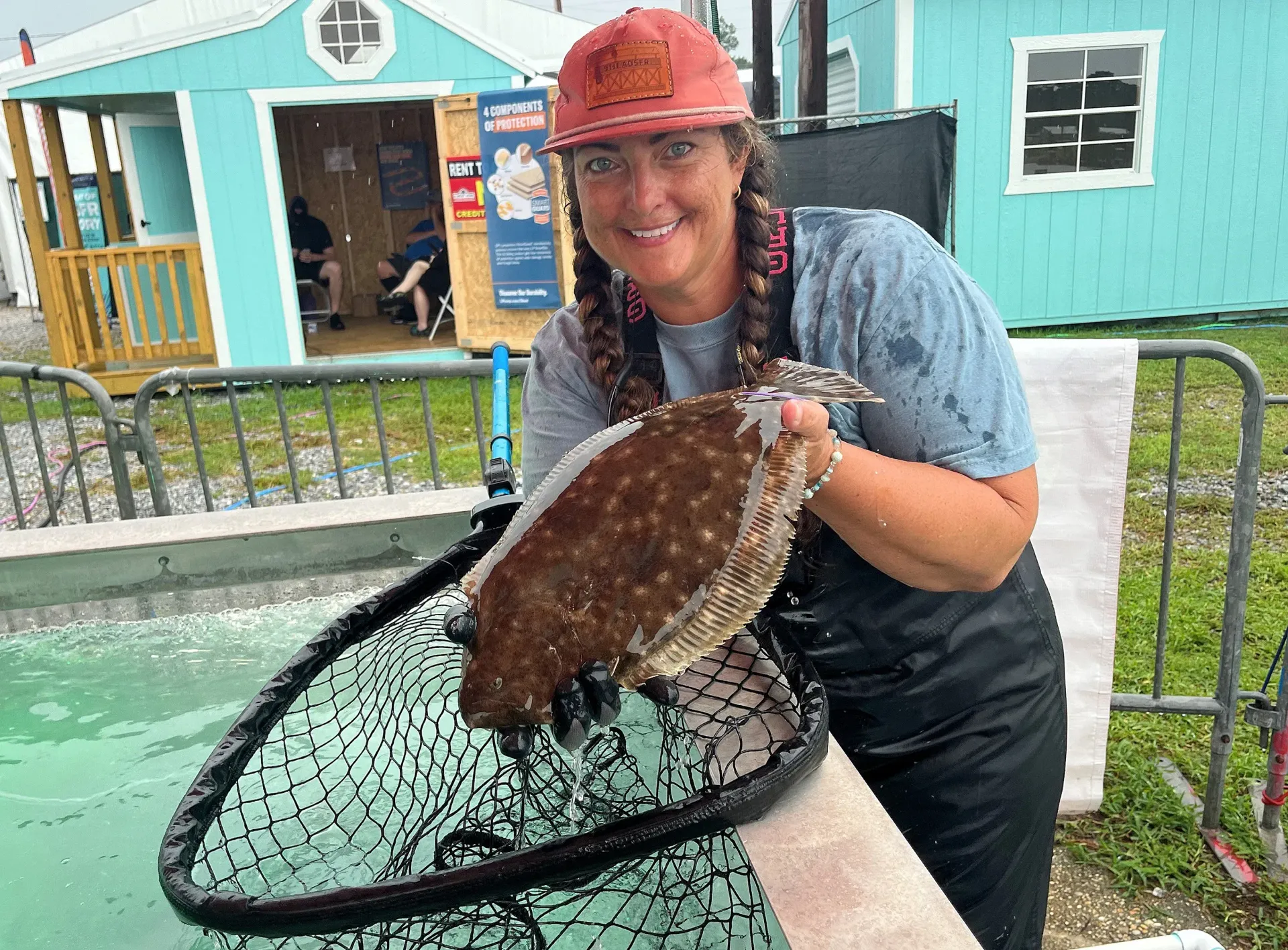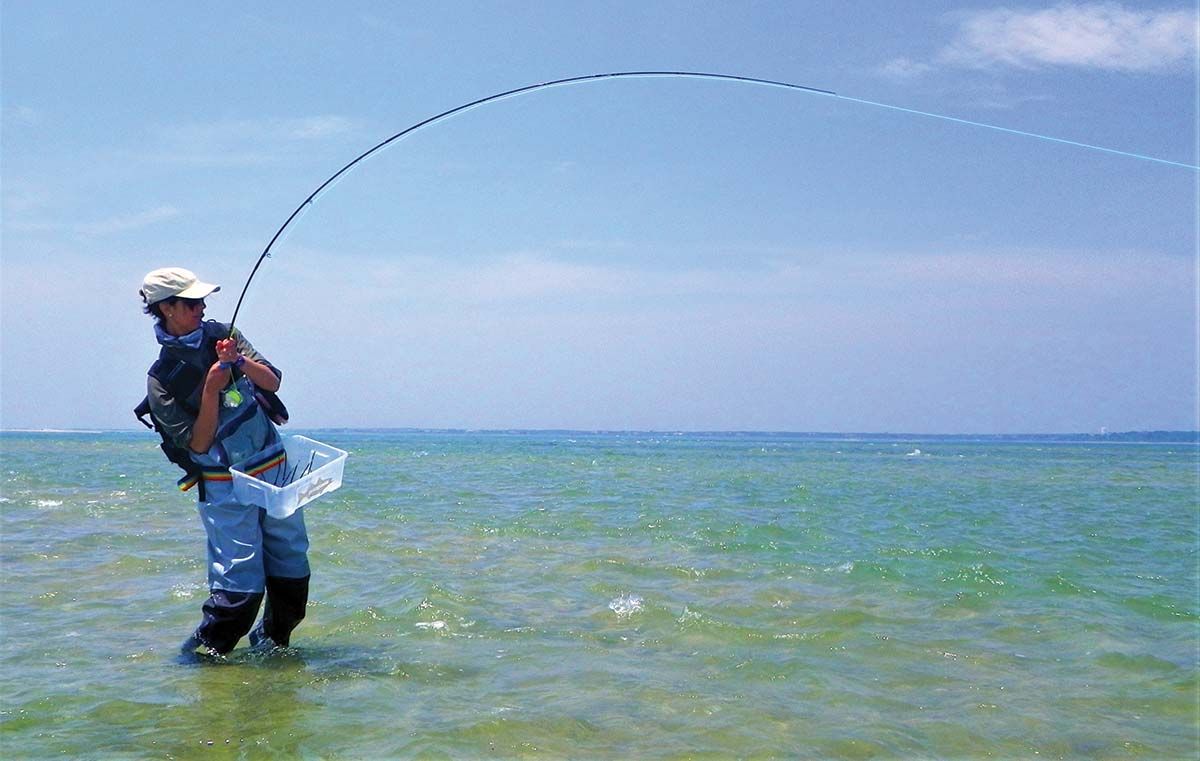Flounder Are On The Rebound According To Alabama Department of Conservation
David Rainer | ADCNR • July 28, 2024
Flounder population is making a comeback in Alabama waters

Since 2009 the State of Alabama Department of Conservation has seen a decline in the flounder's population along the coast. Kevin Anson, chief of fisheries for the Alabama Marine Resources Division. stated “We think environmental changes affected flounder during that period. Beginning around 2009, winters became warmer and the cold period was not as pronounced as it had been in previous years. In addition, we had droughts.”
As written about in Alabama Living Magazine, for many reptiles and some fishes, their sex can be determined by the temperatures in their surrounding environment. Researchers theorize that if water gets too warm too fast, most young flounder will become males. That reduces the reproductive potential of the population.
In 2019, Alabama changed its regulations to allow more flounder to reproduce at least once. Each angler can keep five flounder per day, down from 10 previously. The minimum length increased from 12 to 14 inches and anglers cannot keep flounder during November.
Nobody was more pleased when the 91st Alabama Deep Sea Fishing Rodeo (ADSFR) added flounder to the CCA Alabama Live Weigh-In competition than Dr. Sean Powers, head rodeo judge and Director of the Stokes School of Marine and Environmental Sciences at the University of South Alabama.
Powers watched the southern flounder populations plummet in the 2010s and has witnessed a gradual rebound of the populations. He said the last four years of flounder catches at the ADSFR are encouraging.
“I’m particularly excited about flounder at this year’s rodeo,” Powers said. “Five years ago was the low point. We had 24 flounder total weighed in at that rodeo. Now we’re approaching 100 fish weighed in again.
“We see some evidence (of the rebound) in the stock assessment and the fisheries independent surveys that Marine Resources Division uses to survey the population. We’re seeing more and more flounder.”
Biologist John Mareska of the Alabama Department of Conservation and Natural Resources’ (ADCNR) Marine Resources Division (MRD) joined the marine scientists sampling a variety of species of fish caught at the rodeo, with MRD’s focus on flounder.
“The reason we’re sampling flounder is that our Claude Peteet Mariculture Center has been stocking flounder for several years, and we’re trying to determine the survival of those flounder and the influence of the genetics on the flounder stock from our stocking program,” Mareska said. “We have collected DNA and sent it off to a lab, and they have assured us they can detect the offspring from wild-caught fish. With the DNA from the wild-caught fish, we can determine what percentage of the fish we sample is coming from our hatchery.”
In conjunction with CCA Alabama, more than 250,000 flounder fingerlings spawned at the Claude Peteet hatchery have been released into Alabama coastal waters since the program began in 2020.
Powers said several factors could be involved in the flounder rebound, including changes to the flounder harvest regulations instituted in 2019 that reduced the flounder bag limit to five fish with a minimum length of 14 inches and a complete closure of the season during the month of November to protect the fish during the spawning migration.
“We think it’s a combination of good environmental conditions of the last few years as well as the new rules and regulations that Marine Resources has put in effect,” he said. “And we’re trying to determine the effect of the fingerling releases. Flounder, southern flounder, is a species that had been driven so far down that we think the hatchery can have an impact.
“And it’s not just in Alabama. Southern flounder are in trouble from Texas all the way to North Carolina. We think it has something to do with the environment. Environmental warming is not favorable for flounder.”
Powers said the marine science community can’t pinpoint why the flounder population crashed, which occurred right after the Deepwater Horizon oil spill.
“There is a lot of speculation in different areas,” he said. “For some people, it’s coincidental with the oil spill. The real crash occurred in 2011 and 2012. But that wouldn’t explain why the populations are down from Texas to North Carolina. I think a warming bay is just not that conducive to flounder. Flounder have temperature-specific sex determination that can skew your ration of males and females. Warmer temperatures tend to masculinize a population of flounder.
“The other thing is flounder is an easily exploitable species. Because flounder make a big offshore migration, one of the key things that MRD did was the November closure. Those fish are congregating and going offshore. Now we have other states looking at what Alabama did as far as regulations go. After our next stock assessment, we’ll be able to determine if it has been good environmental conditions or is it the changes to the population management.”
Powers was accurate about the number of flounder weighed in at the 2024 rodeo with exactly 100 fish hitting scales at the rodeo site on Dauphin Island. Kenneth Pritchard took both the regular and live weigh-in categories with a 5.56-pound fish, followed by Richard Collier with a 5.46-pounder to take second in both categories. Scott Wescovich weighed in a 5.01-pounder to take third in the regular category, while Eddie Permenter took third in the live weigh-in category with a 4.31-pounder.
“Flounder is one of the species we’re excited about at the rodeo because we get to see some really large flounder come in,” he said. “That will give us good samples for the genetic studies for the hatchery but also for age and growth. In addition to the genetics, we’ll take the otoliths (ear bones) out of each flounder to determine age.”
“If you look at Facebook and the feedback from Marine Resources, people are saying flounder fishing has been better than anytime in recent memory. We want to determine whether it’s just two or three years of good environmental conditions. We know lower temperatures favor better years of flounder. There’s more habitat in the (Mobile-Tensaw) Delta when that salt wedge moves up. Are those environmental conditions involved or are we actually rebuilding the spawning population? Flounder don’t live that long. Males live about three years. Females live about six or seven max. So, with the wrong environmental condition and wrong regulations, you can really crash that fishery. The upside is that with the hatchery we can also rebuild the populations.”

Recent Posts

























